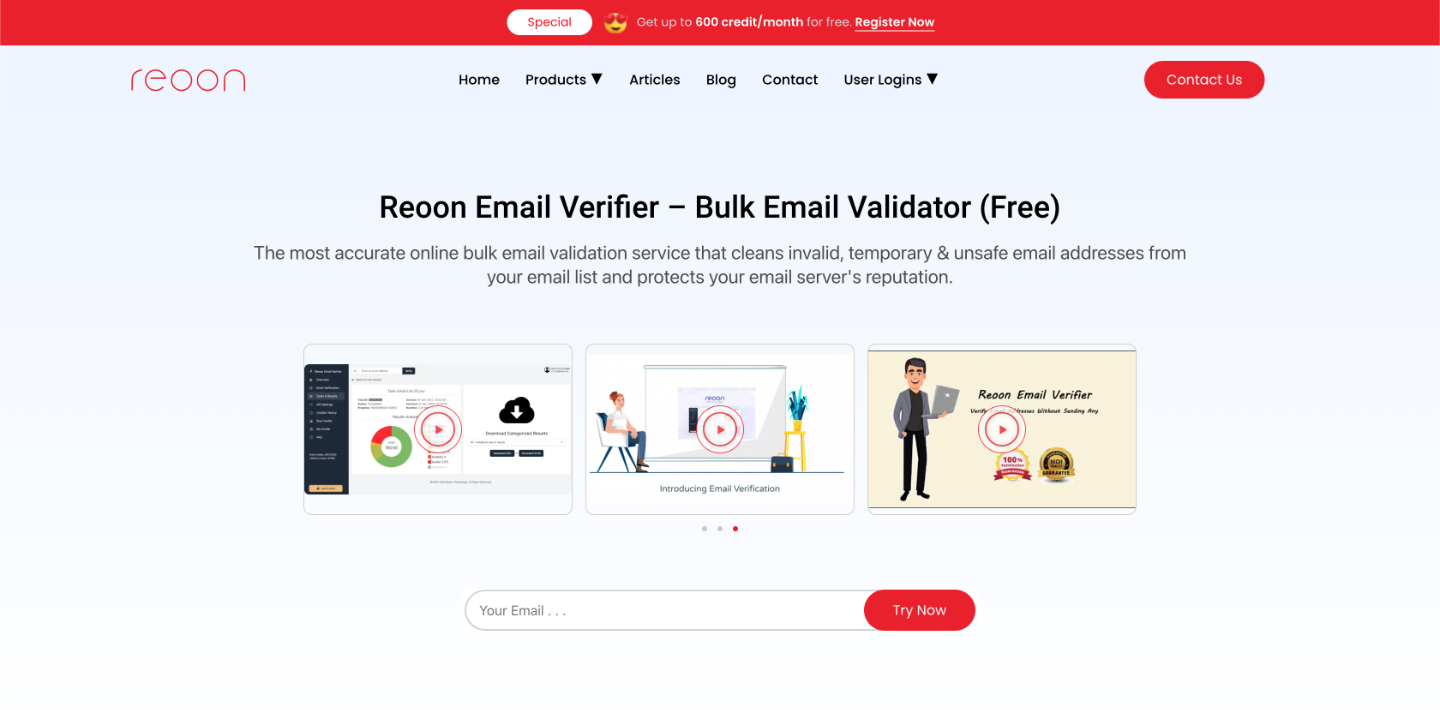Are you are tired of your current web host? Then it is time to move on! Normally, the most viable option is to do a website transfer to a new host. Many people see this as a disheartening experience, but is shouldn’t be. First you are afraid of experiencing similar problems when you get a new host. Secondly, you may feel that the old host has all the details about the website and may decide to pull it down.
Thirdly, you may feel like if you do the task yourself, you may damage the site. Notwithstanding the hassle, you have to move on. This is usually the case when you are seeking reliability and exploring other hosts’ menus. It’s similar to moving to a new home, after you are tired of your current landlord.
Usually, people hire web developers to conduct the transfer. Through word of mouth of doing research online, you may get a new host who is willing to offer the service (as a bonus) for allowing him or her to host your site. This is normally tied to the hosting package.
To get around the problem, people will either pay a professional to move their site for them, find a new host that offers the service as part of a new hosting package, or take the third option of having a go at it themselves.
As mentioned earlier, switching a website host is like finding a new home. You have to look around, do shopping (even if it’s window shopping), find a new host, agree on the terms and conditions and then finally the new host (new landlord) will allow you to rent his or her hosting space. Based on the processes involved such as making an account choice, changing the DNS record and eventually transferring everything to your new host, it may look like a tedious task, but hey, when you are fed up with someone, it is the high time to sign those divorce papers.
The process of website migration is not only simple, but also within reach. The migration is done in a sequence and a certain procedure must be followed to ensure that the website does not encounter problems in future. If you are ready to move to a new website host, follow these steps:
1.Look for a new web hosting provider
This is the first step in website transfer. You need to get a new web hosting provider who is within your budget and offers what you are looking for. Meticulous scrutiny is needed here, as you need to avoid the habit of hopping from one host to another. From a web host, you need to look for several factors. Top on the list is a correct operating system. It’s prudent you stick to the operating system of the current host as this ensures smooth transfer of your website content. However, if your website is just a simple HTML one, then you do not need to scrutinize the host to be, as HTML websites run on most of the operating systems.
You also need to get a host who can offer you sufficient technical support. I would recommend a host who has both email, live chat and a 24/7 working phone that can give you technical support whenever you need it. This will help you in your website performance and reliability. Ensure also you have enough data transfer that can house all the contents of your website. Tied to this is enough hosting disk space to accommodate your website. Besides, look at your current database as some databases are specific to some hosting providers. For instance My SQL databases are solely compatible with Linux-based web hosting providers. Also look at the scalability of the host, someone who will give you a choice to scale up and down with their services. I would recommend moving with a host who can offer free site migration. Finally, in finding a new host for your website, look for a host who is using a similar cPanel/WHM, as this will make the migration easy and swift.
2. Confirm that you are the rightful owner of the domain
Web hosts can be tricky at times, so it’s crucial to ensure that you call the shots on the domain name and all details registered under it are yours. Keep checking from time to time as this will save you a lot of trouble in future. Before signing any document, ensure that the registrant details are all under your name, email, and if possible, phone number. After confirmation, you need to make an important decision-are you switching the domain name servers (DNS) or transferring domain registrars? If you are just switching the DNS, you will keep the provider but you end up switching the DNS on the existing domain name to the new server. If you are transferring the registrars, the settings you had will remain unaltered. Here, the only things that are changing are technical support and billing to the new registrar.
3. Buy a hosting account
I’m assuming by the time you get to this step you have already selected your new host. At this step, you need to sign up for a hosting account. You need to negotiate with your new host so that you get the best deal on the planet. After signing up, the new host will get your hosting account activated. Most of them will send you an introductory email with vital information that will help you maneuver around your account. You will also receive some log in information. Ensure that you read this information carefully as it contains certain instructions that you need to pay heed to before moving on to the next step.
4. Allow the experts to handle it
In this step, you will probably be assigned a technician who will be working with you step by step. They will help you move around the website to ensure smooth website transfer. Here, you will need to confirm your cPanel login details and up to date. After you log in with the information you received in step 3, most of the providers will have a support icon which you will need to click and then fill a migration request form. All this time, a technician is on standby to help you make the best choice on the type of hosting service you need to request the migration on. Information about your current hosting provider such as account, URL will be needed here. After you avail all this information, your technician will ask you to keep the DNS setting on the domain name intact as the website files and emails are being uploaded to avoid a downtime. Most of the web hosts will ask you to give them 24 hours to finish up the migration for you.
5. Run a test to confirm everything
After a successful transfer of all files and emails, the next step is to test and confirm your new domain. To transfer your domain, you need to switch DNS on your domain name to the new host’s servers. This is usually followed by a request to your new host to transfer the domain name registration to the new host. Then, you need to test your website and emails so see if they are working. All this information is available in the introductory email the new hosts send you. It is advisable to keep the old account active for a couple of weeks. This ensures that the transfer is smooth and after making sure that all files have been transferred, feel free to cancel the old hosting account to avoid billing.
Too much information? I don’t think so. It is all you need to transfer a website. Get rid of your lousy host. Do not be stuck with a host who only cares about his or her paycheck.














